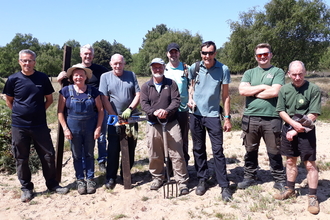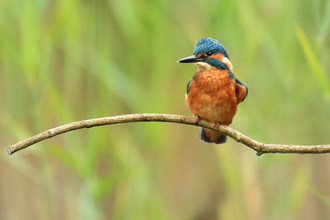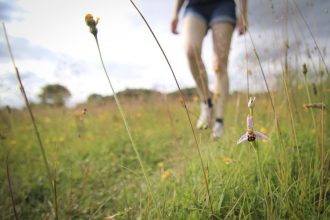Lancashire Wildlife Trust was quite different in 1974 when I and my late husband, Malcolm, joined shortly after we moved to Preston, Lancashire. There were probably about 400 members in those days, with one recently appointed paid officer. It was called the Lancashire Naturalists’ Trust, founded by naturalists, whose main interest was to record species and their distribution. Organisationally it was divided into four regions: Northern, Central, Manchester and Merseyside with South West Lancashire; we were in Central. Each region had a committee of volunteers, and our first Lapwing magazine appealed for new committee members for the Central Region, so we volunteered. The region extended from the Fylde Coast to the Lancashire/Yorkshire border. Later, the Fylde and Eastern regions were formed, which gave Central region a more manageable area of Preston, Leyland and Chorley. There were Trust-wide committees, including Scientific with Reserves and Publicity with Membership and a Council. At various times, we were both on Council and various Trust committees.
The Central Regional Committee Chairman was Michael Fitzherbert Brockholes, who later became the Trust’s first President. It organised everything in its area and had representatives on the main committees. The Regional Committee covered promotion; we lead guided walks, gave talks, manned stalls and helped establish a group in Fulwood, for which Malcolm and I held a very successful annual open garden for 10 years. Malcolm and I undertook several plant surveys, which were helpful for later work.




